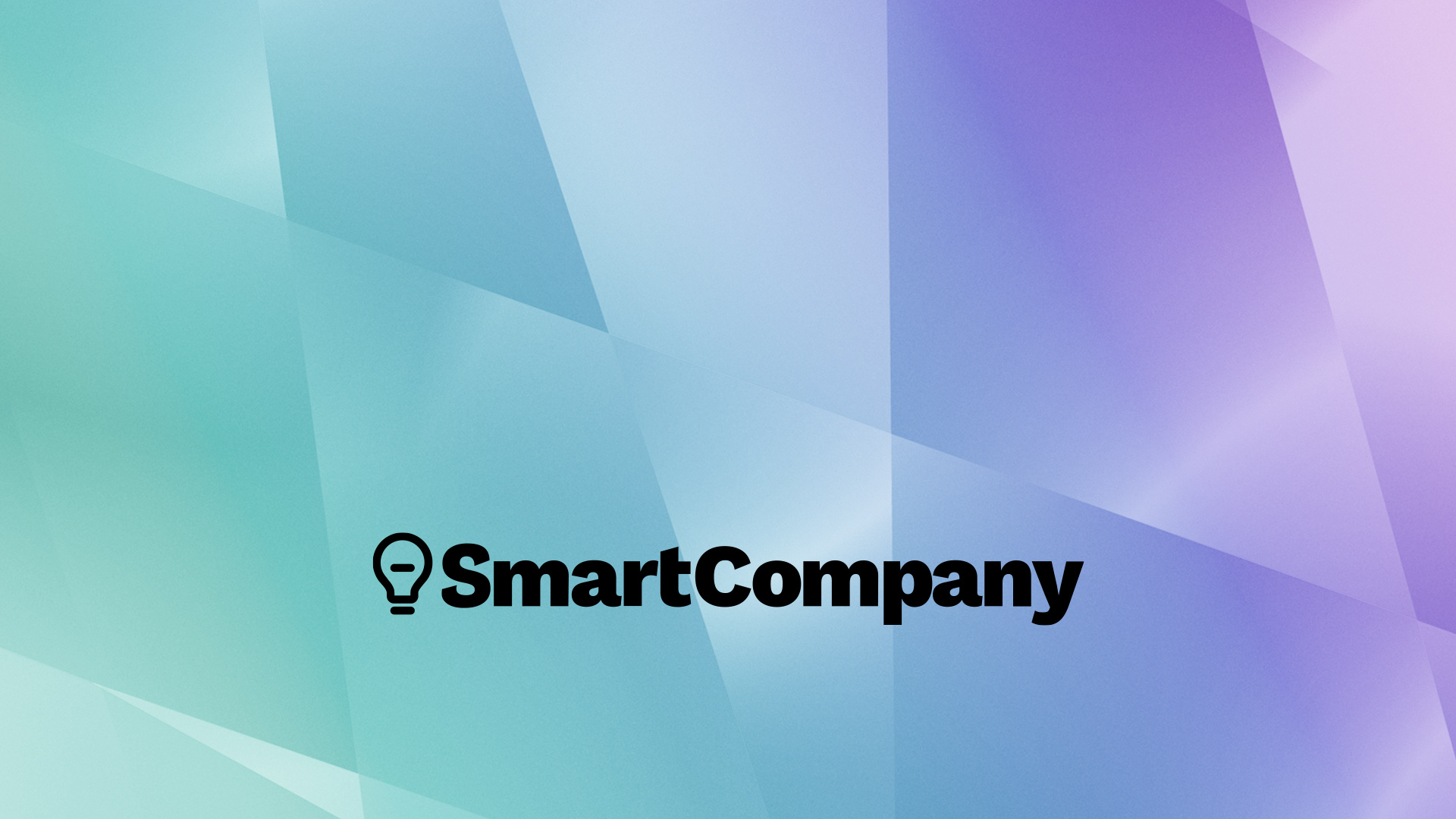 Tien Tzuo predicts that in five to ten years’ time every product and service in the world will be available by subscription.
Tien Tzuo predicts that in five to ten years’ time every product and service in the world will be available by subscription.
And Zuora, the company he founded in 2008, will be there to service this growth industry, providing subscription pricing, quoting, orders, billing payments and renewals.
Zuora turns over around $50 million a year and has 250 employees across the world. Tzuo talked to SmartCompany about how he came up with the idea of Zuora and the rise and rise of a subscription-based economy.
There’s a really big shift towards a new class of enterprise right now, software solutions. It’s a once- in-a-century transformation in business models and it all stems from the internet.
The old-style back office won’t work in this age of the subscription economy as companies make the transition from dealing in products to becoming content and service providers.
You are hearing a lot of noise these days about the customer and how you have to focus on the customer, you have to build relationships with them. But more importantly, the business models are starting to change.
All of a sudden you wake up and realise, ‘I’m not really a product company anymore, I’m really a service company. I provide services that my customers use.’
The name of the game then is not really how many units you can shift but how many customers are required and what is my average revenue per customer and how do I hang onto those customers.
In the product world there is only so much cost variation you can have. This is about packing different price points: when you sell digital you have the opportunity to bundle and rebundle in different ways.
There are start-ups that try to do pieces of what we do. There is no one company doing the breadth of what we are doing.
It’s a relatively new thing. This space did not exist six or seven years ago.
A bet on us is a bet on the whole sector. If you believe the whole sector of SaaS [Software as a Service] and cloud is going to grow then we should grow with it.
A subscription economy income statement is very different, the first thing you look at is recurring revenue.
We are fortunate that we have a big market and the trends are such that it grows all the time. It is growing towards a subscription economy.
Our challenges fall into the category of people. After doubling the company every single year it is hard to be sitting there with half the employees that are new and making sure the culture and know-how is transmitted.
We’ve raised $82 million from investors. We are fortunate because the market we are trying to capitalise on is one that people believe in.
We have been fortunate to be able to choose our own investors, so we have a lot of great investors who understand what it is like to build a start-up. They understand there are ups and downs, so they are in it for the long haul.
The [funding] round that was the hardest tended to be the B round. The A round was all hopes and dreams and all big vision and there are no statistics you can point to. The D round you have a whole lot of history but the B round is a Tweener thing, you don’t have a business model that has formed yet but you are looking for a price that is bigger than A.
We are getting to the point of an initial public offering; having said that, it is sure nice being private. If you can put that off for another year and raise another round of capital it might be worth it.








